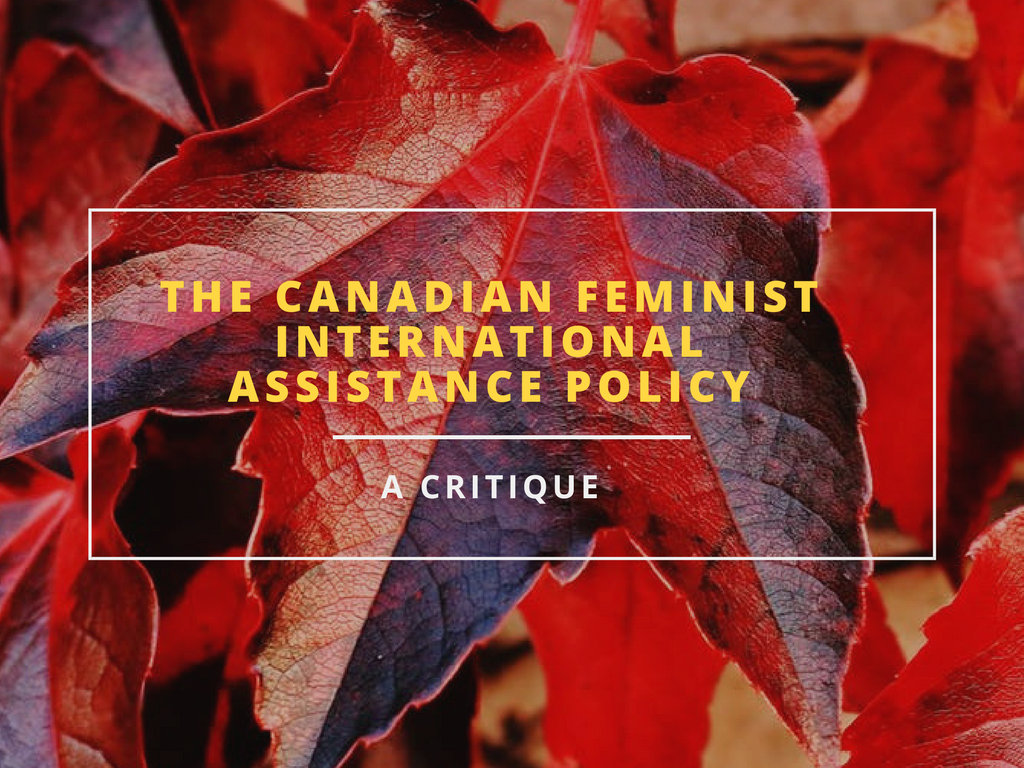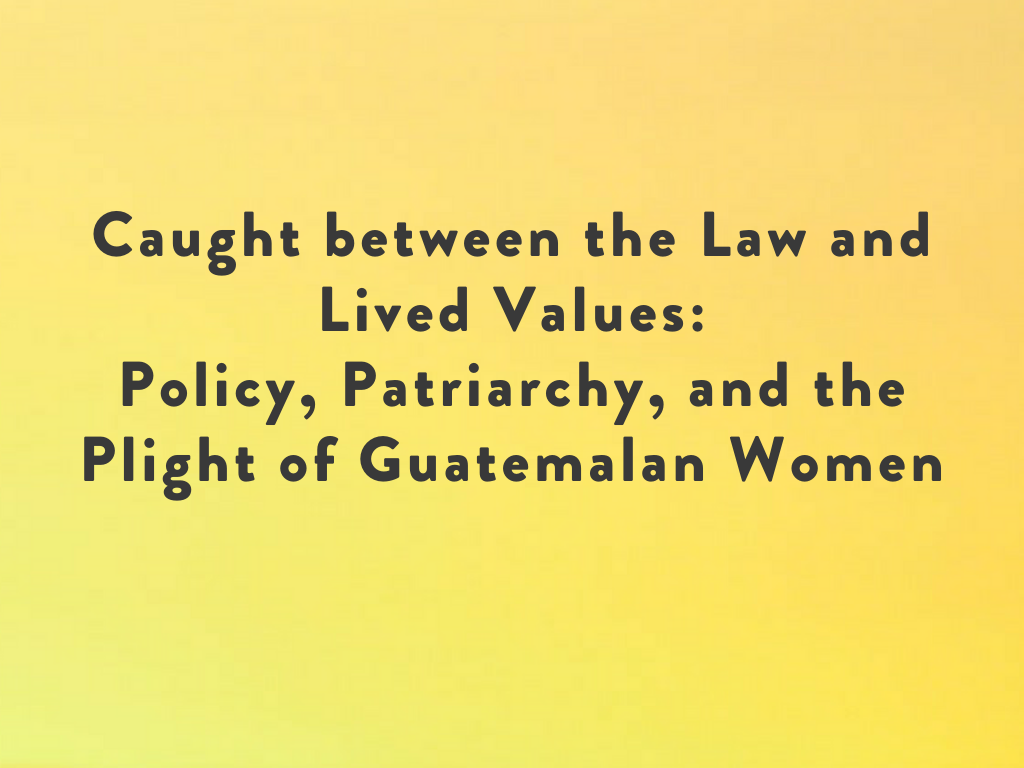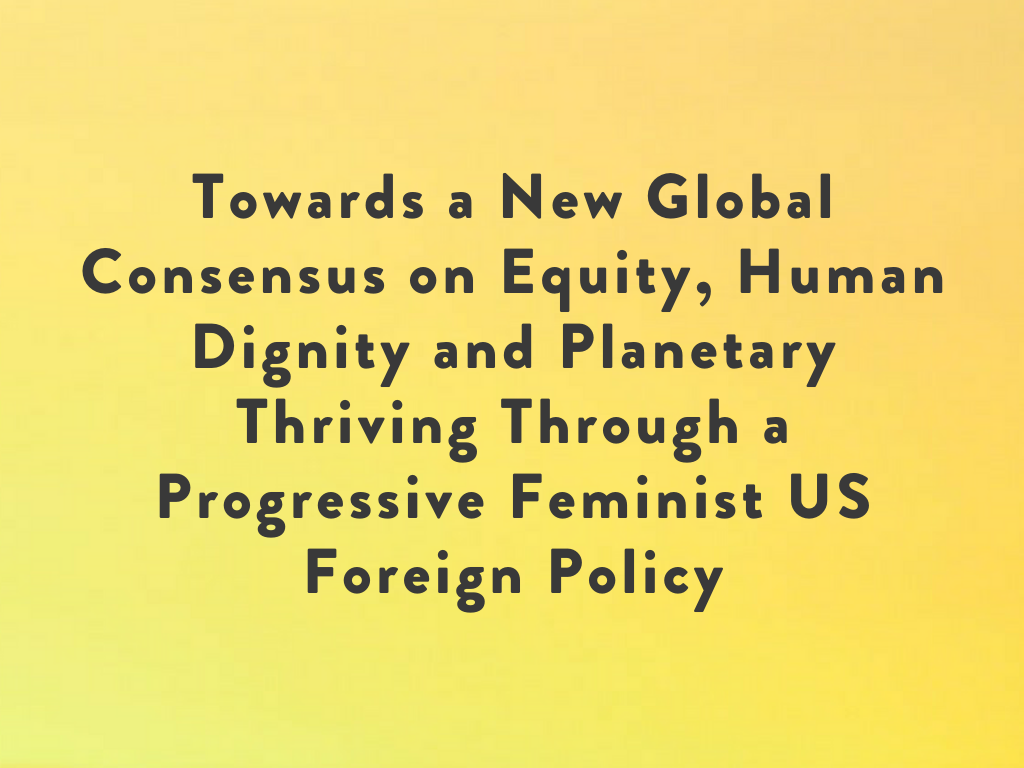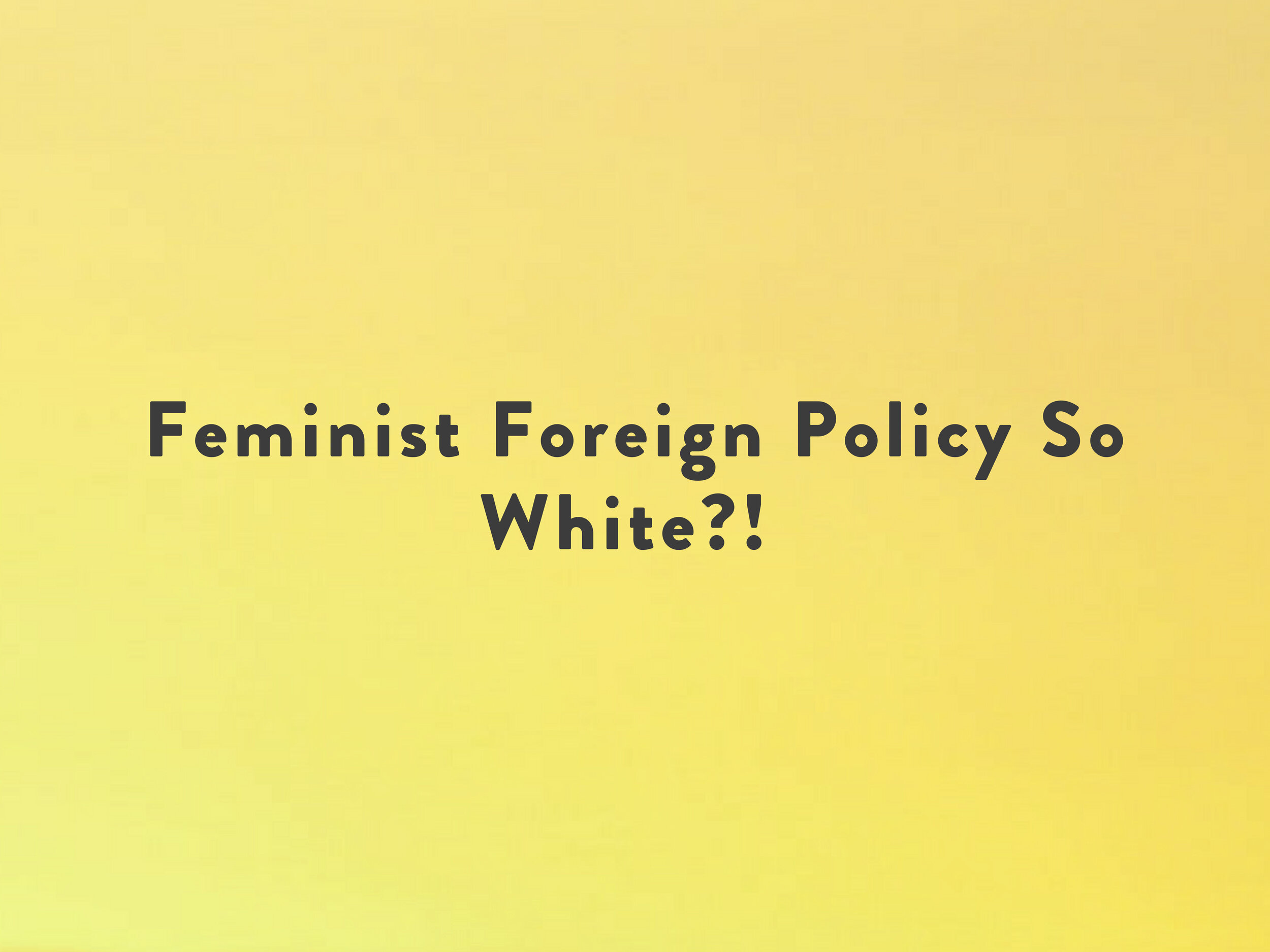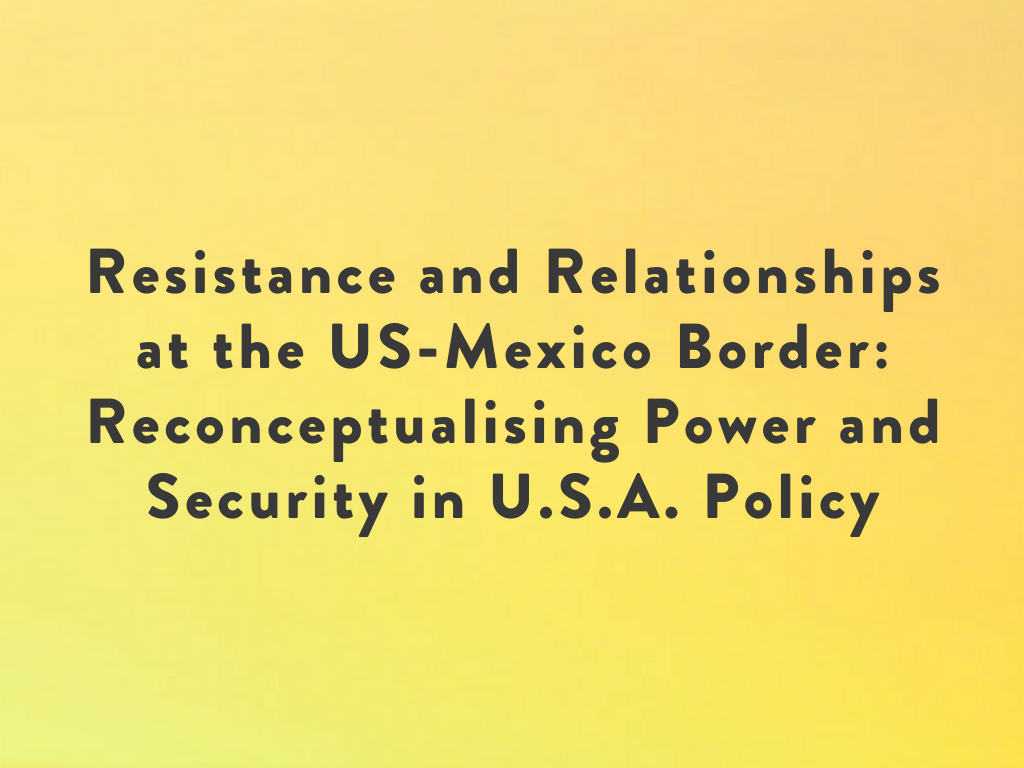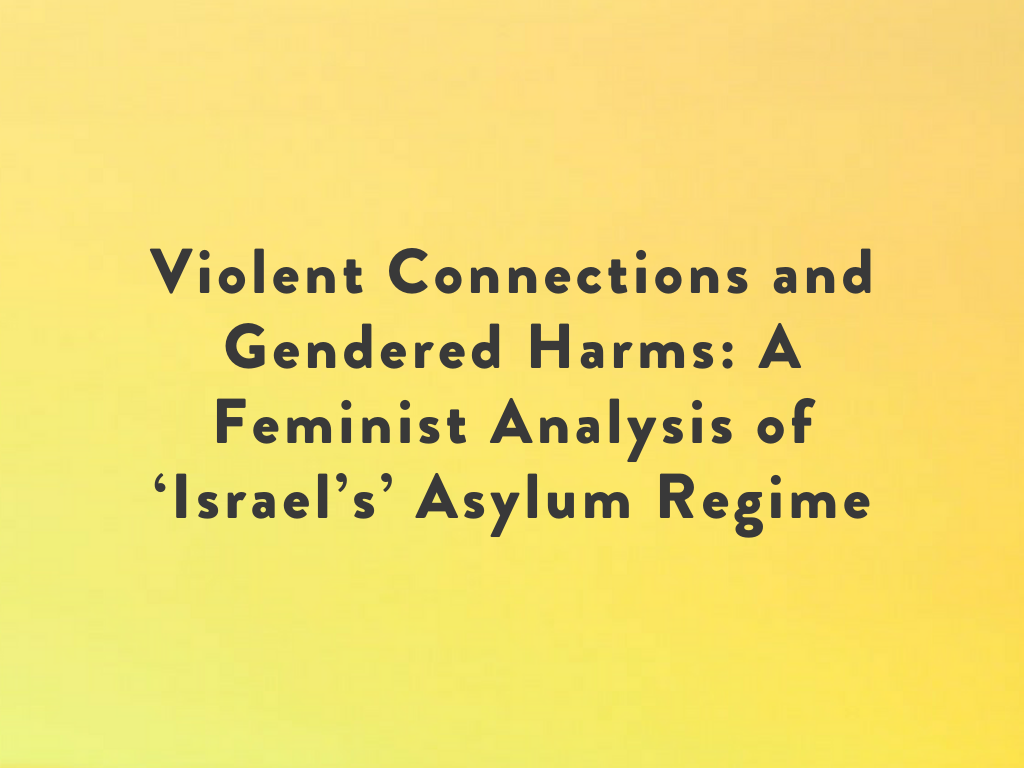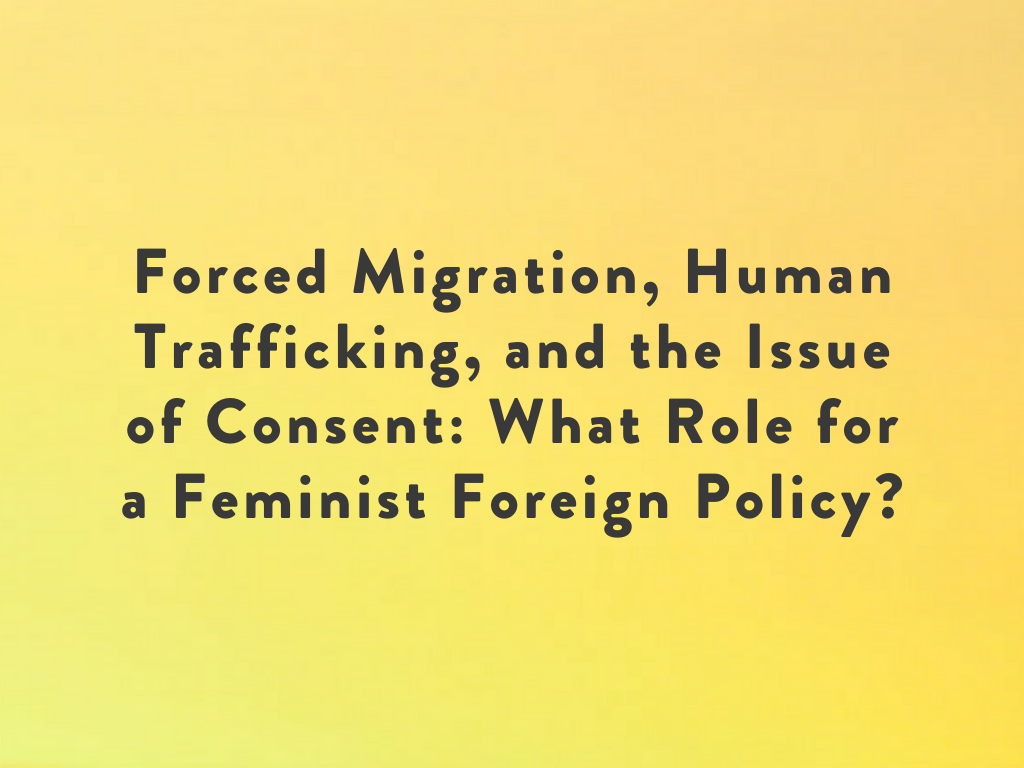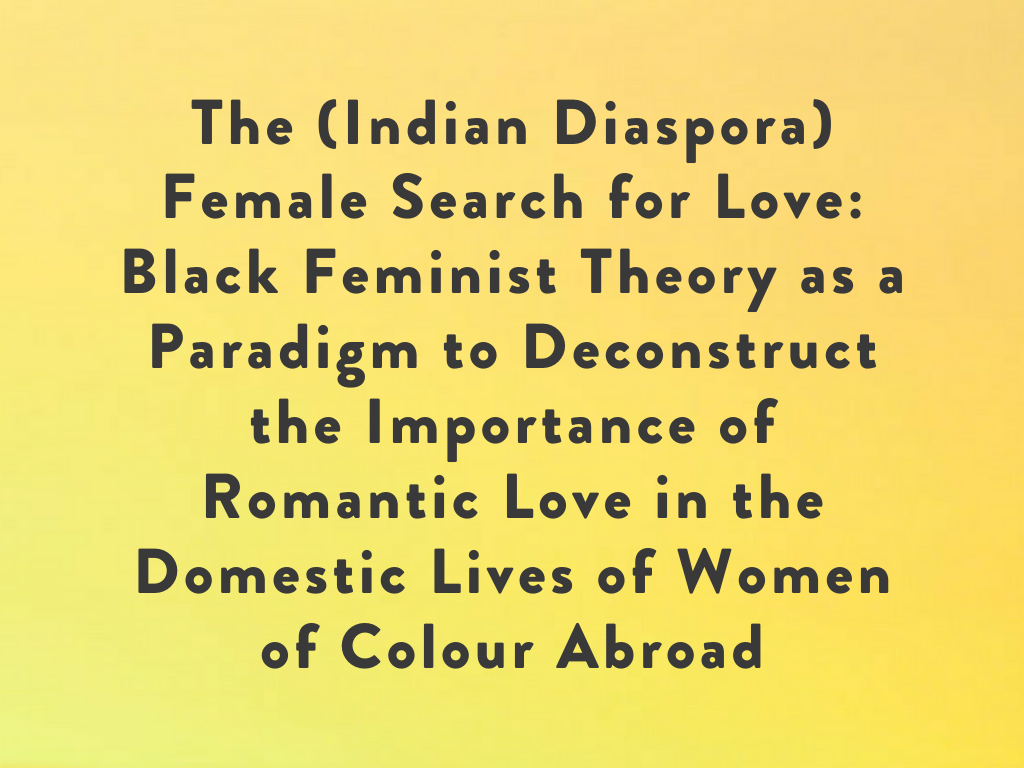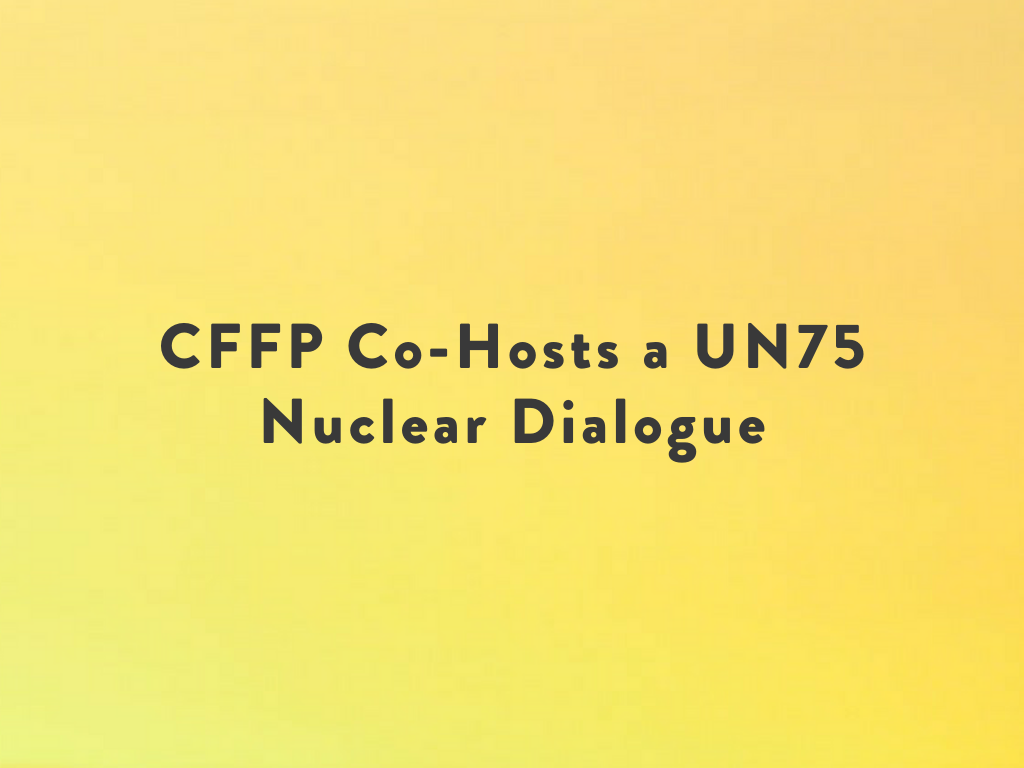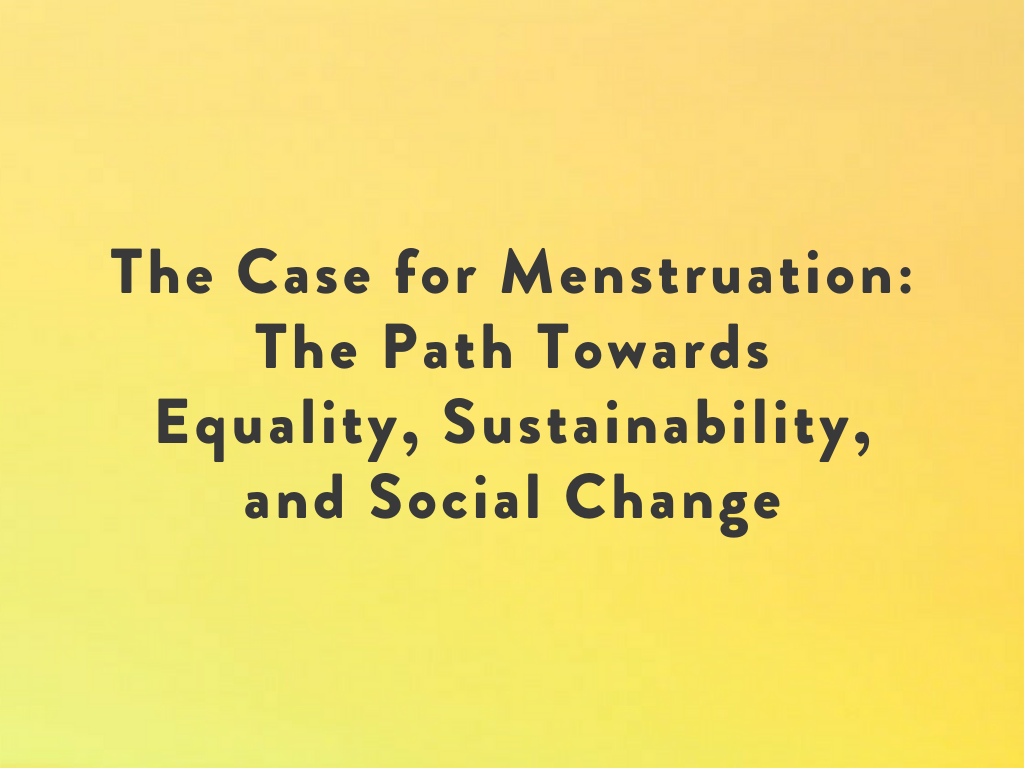In 2017, the Canadian government announced a Feminist International-Assistance Policy (FIAP). While details regarding funding or implementation have thus far been unclear, the policy commits the government to apply a “human-rights approach” to six focus areas: (1) Gender Equality and the empowerment of women and girls; (2) Human dignity; (3) Growth that Works for everyone; (4) Environment and climate action; (5) Inclusive governance; and (6) Peace and security. However, only Action areas 5 and 3 are, respectively, analyzed below.
Feminism in foreign policy may appear progressive, but as feminism is increasingly folded into mainstream politics it is critical to examine policy and the larger social, political and economic structures within which it is enacted. As Caren Kaplan and Inderpal Grewal aptly wrote: “feminists must continually question the narratives in which they are embedded.” Will feminism in foreign policy result in substantive, sustainable systemic change? Or, does using the language of feminism obfuscate the complicity of seemingly progressive governments in the perpetuation of global inequalities.
FIAP does not define feminism but relies on the Liberal feminist aim of legal gender equality and normative empowerment. This framework emphasizes issues such as gender parity in salary, political representation, and leadership roles. ‘Action area 5: Inclusive governance’ addresses increasing the number of women in leadership roles and politics. Canada will “equip women in Arab countries for more active roles in politics, at the heads of companies and in other decision-making spheres,” providing training for women in Jordan, Morocco and Tunisia on leadership and management skills as well as journalism and public speaking in addition to teaching the women “how their region’s political systems work.” This goal not only erases the agency and lived experience of women in “Arab” countries but diminishes the history of imperialism in these regions.
According to Lila Abu-Lughod, this approach does not lead to complex analysis or relationships within and between nations, it “artificially divide[s] the world into separate spheres, re-creating an imaginative geography of West versus East”: “Western” women are liberated while “Eastern” women are oppressed and awaiting liberation. This construction is false and dangerous, erasing women’s historical and contemporary engagement with the public sphere and positing Canada as an exceptional feminist space. Canada cannot export feminism while gender inequality remains the status quo within its own borders. Not only are sexual violence and domestic abuse common experiences in Canada, but they are not taken seriously and there is a lack of infrastructure to combat them. Access to abortion is limited, especially in Northern communities and in the Atlantic provinces, despite access being guaranteed under the Canada Health Act. Canada maintains laws and policy that make Indigenous women and people more vulnerable to experience poverty and violence.
This policy claims that “the leadership of women sparks reforms that benefit everyone: health and sanitation services, gender equality laws, parental leave and elimination of sexual and gender-based violence.” Claiming that political transformation can be achieved simply by increasing the number of women in politics assumes that women are inherently more caring or social justice minded than men. This kind of biological essentialism, while casted here in a positive light, has been used both historically and nowadays to limit women and men to undertake particular social, economic and political roles. Increasing women in politics and leadership roles does nothing to challenge racist, sexist and classist implications of what are considered leadership qualities. That women will change the world for the better is also not reflected in modern day politics or the historical actions of women who, for example, supported slavery or the eugenics movement in both Canada and the United States.
>
“Systemic racism and inequality are woven into the fabric of our nation.”
Labor, economics and exploitative capitalism are central concerns of feminism. In ‘Action area 3: Growth that works for everyone’, women’s equality and sexual and reproductive freedom are linked to their increased activity as economic actors and involvement of the private sector. In foregrounding economics as the connection between these complex issues, the policy erases the ways that Canada’s economic structure and policy creates and perpetuates inequality. Min Sook Lee’s documentary El Contrato (2003) revealed the human cost of Canadian economic and foreign policy. Lee followed a group of Mexican migrant workers through a season in the tomato greenhouses of Leamington, Ontario. All on short-term, seasonal contracts, the men worked every day, all day, for eight months. Some were new to the agricultural worker program, but some had been returning for decades. Each man expressed the same thing: if they had a choice they would not come to Canada. Their loneliness and depression were compounded by the degrading and dehumanizing ways they were treated on the job and in Leamington itself. Lee returned to the topic in 2016 with Migrant Dreams, a follow up film that demonstrates how little has changed in regards to Canada’s exploitation of migrant labour.
Systemic racism and inequality are woven into the fabric of our nation. Canada has always benefited from the labour of migrant workers and has always used policy to ensure that migrant workers do not stay in Canada once their work is finished. Chinese laborers are a prime example. As a new nation, Canada did not have a large enough labour force to build up the necessary infrastructure, Chinese laborers were allowed to come to Canada temporarily to build the railroad (amongst other projects). Policy and law were enacted to make it difficult or impossible for Chinese men to settle. The Chinese Immigration Act of 1885 imposed high and ever-increasing Head Taxes on Chinese wishing to enter Canada. The Chinese Exclusion Act of 1923 banned the immigration of Chinese people to Canada until 1947 with individual immigration not allowed until 1967. In addition to policy and law, racist stereotypes circulated widely, casting Chinese men not only as drug addicts and corruptors of white women, but also as threats to national stability. This systemic racism was institutionalized and made profitable for the state: reap the benefits of cheap labour, then force people to leave the country. Chinese people are just one example of the many groups targeted by exclusionary policy throughout Canada’s history.
Returning to Lee’s examination of the experience of migrant laborers, Canada still operates on the basis of exclusion. As a signatory to the North American Free Trade Agreement Canada entered into a relationship with Mexico and the United States, which was supposed to benefit each of the three countries. Ultimately, NAFTA allows the United States and Canada to benefit from cheap manufacturing in Mexico, destabilizing the country and its people. The lack of viable economic options for many Mexicans forces them to leave the country to find work either on temporary contracts or “illegally.” Canada accepts Mexican workers so long as their presence is fleeting and profitable. Neoliberal economic policies like NAFTA are weighted to benefit specific parties. As trade partners, the United States, Mexico and Canada have porous borders for capital and products but not for people. This allows racism and the mistreatment of workers to flourish, because they are workers not human beings. This is a feminist issue that the FIAP’s emphasis on the private sector and normative economics makes impossible to address substantively.
FIAP utilizes the language of feminism, but avoids substantive engagement with critical and intermeshed social, political and economic issues. The policy relies on essentialist constructions of men and women, focuses on gender equality only as it is granted through formal and legal structures, and erases Canada’s anti-feminist history and contemporary perpetuation of racism, sexism and economic exploitation.
Tasia Alexopoulos is a Doctoral Candidate in Gender, Feminist and Women’s Studies at York University.

